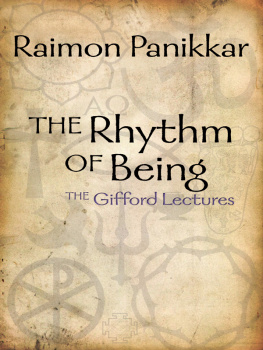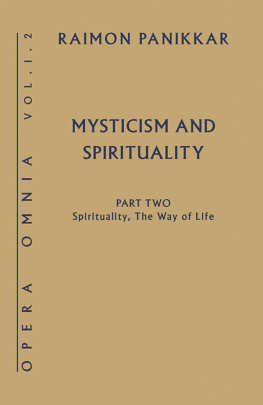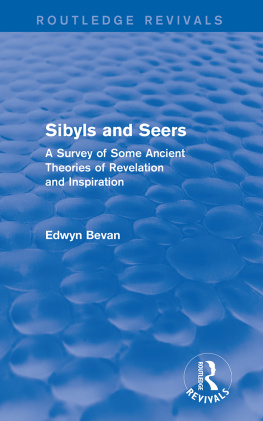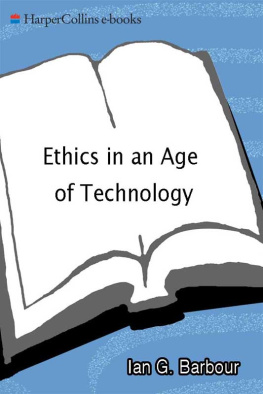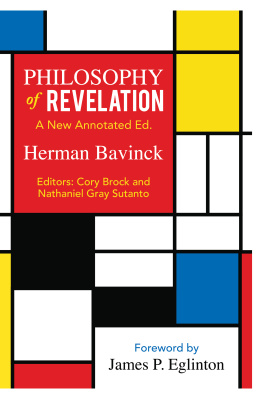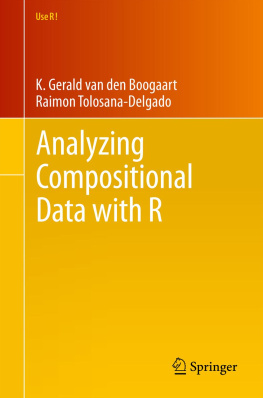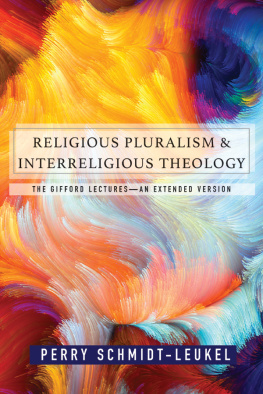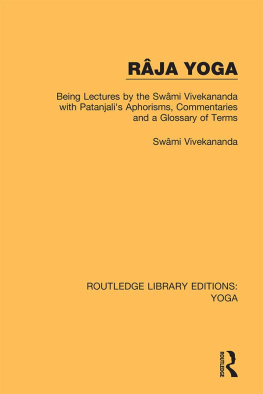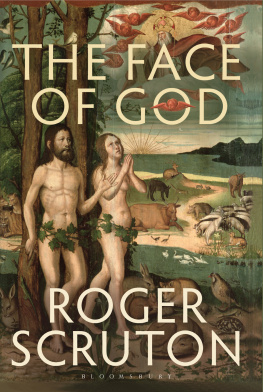THE RHYTHM OF BEING
The Unbroken Trinity
Raimon Panikkar
The Gifford Lectures
Edinburgh University

Founded in 1970, Orbis Books endeavors to publish works that enlighten the mind, nourish the spirit, and challenge the conscience. The publishing arm of the Maryknoll Fathers and Brothers, Orbis seeks to explore the global dimensions of the Christian faith and mission, to invite dialogue with diverse cultures and religious traditions, and to serve the cause of reconciliation and peace. The books published reflect the opinions of their authors and are not meant to represent the official position of the Maryknoll Society. To obtain more information about Maryknoll and Orbis Books, please visit our website at www.maryknoll.org.
Copyright 2010 by Raimon Panikkar
Paperback edition 2013
Published by Orbis Books, Maryknoll, New York, U.S.A. All rights reserved.
No part of this publication may be reproduced or transmitted in any form or by any means, electronic or mechanical, including photocopying, recording, or any information storage or retrieval system, without prior permission in writing from the publishers. For permissions, write to Orbis Books, P. O. Box 302, Maryknoll NY 10545-0302, U.S.A.
Manufactured in the United States of America
Library of Congress Cataloging in Publication Data
Panikkar, Raimundo, 1918-2010
The rhythm of being : the Gifford lectures / Raimon Panikkar.
p. cm.
Includes bibliographical references and index.
ISBN 978-1-57075-855-3 (cloth); ISBN 978-1-62698-015-0 (pbk)
1. Religion. 2. Philosophical theology. 3. Theological anthropology. 4. Cosmology. I. Title.
BL50.P26 2010
210dc22
2009046661
To
Scott Eastham
Pram ada pram idam.
prt pram udacyate.
Prasya prnam dya,
pram evvaiyate.
That is Wholeness, this is Wholeness,
From Wholeness comes Wholeness.
If Wholeness is taken from Wholeness,
Wholeness still remains.
Upanishadic Invocation
Contents
Acknowledgments
Many friends have helped me in the long period I took in drafting and rewriting this book between giving the initial Gifford Lectures on which it is based in 1989, too many to list them all. Nevertheless, I must acknowledge the special assistance of the following friends and colleagues: Joseph Cunneen, Joseph Prabhu, Bill Burrows, Roger Rapp, Ignasi Boada, Milena Carrara, and Scott Eastham, to whom I have dedicated The Rhythm of Being.
Foreword
He submitted to the music, yielded
To the dictation of a song, listening with rapt attention
Became, like his lyre, its instrument.
Czeslaw Milosz, Orpheus and Eurydice
It was the late Ewert Cousins, one of the pioneers of interfaith dialogue in the twentieth century, who as early as 1992 in his book Christ of the 21st Century formulated the thesis that we are at the dawn of the Second Axial Age, and that Raimon Panikkar is one of its paradigmatic and pioneering thinkers. The notion of the First Axial Age was put forward by Karl Jaspers in The Origin and Goal of History, the idea of an axial period pointing to one of the fault lines of history. Referring to and describing the period from roughly 800 to 200 bce, Jaspers pointed to the distinctive and formative religions and the associated forms of consciousness that came into being at this timefrom Zoroaster in Persia, Vedic Hinduism, Buddhism, and Jainism in India, the Hebrew prophets, particularly Isaiah, Amos, and Jeremiah in Israel, the rise of the Socratic-Platonic-Aristotelian phase of Greek philosophy in Athens, and finally the emergence of the great teachers of the Chinese tradition, Lao-tze, Confucius, and Mencius, the canonical figures of Chinese philosophy. Jasperss thesis was that this period not only marked a dividing line in terms of the growth and development of human consciousness but also shaped it for the next two and a half millennia.
The distinctive mark of First Axial Age consciousness was that it was personal, self-reflective, and inner-directed in contrast to the mythic, ritualistic, tribal, and collective forms of consciousness in the pre-Axial period. Whether one refers to the Delphic injunction to Know thyself, the Upanishadic notion of the atman, the Buddhist idea of anatta, or the early Chinese ideas of self-cultivation and the heart-mind, the emphasis is on individual identity and individual moral responsibility. While this shift of consciousness away from the tribal and ritualistic to the individual and moral brought about the growth of interiority, and psychological and moral ideas of authenticity, autonomy, and integrity, and opened up many possibilities, it also closed off others and had some negative consequences. It produced, for example, many of the dualisms that we live with today between body and spirit, earth and heaven, individual and society, transcendence and immanence, and between the so-called secular and the so-called sacred.
The Second Axial Age, which Cousins, like others, sees dawning, is marked by the possibility of a depth encounter of world religions. Religions, of course, have always traveled and affected one another, but what distinguishes this new encounter is a dialogical attitude that conforms to what the Jesuit paleontologist Pierre Teilhard de Chardin called center-to-center unions. This is how Cousins glosses Teilhard:
By touching each other at the creative core of their being, they release new energy which leads to more complex units. Greater complexity leads to greater interiority which, in turn, leads to more creative unions. Throughout the process, the individual elements do not lose their identity but rather deepen and fulfill it through union. The more other they become in conjunction, the more they find themselves as self. At this point of history because of the shift from divergence to convergence, the forces of planetization are bringing about an unprecedented complexification of consciousness through the convergence of cultures and religions.
Panikkar for at least sixty years of his life has engaged in such center-to-center unions between no fewer than four traditions: Christianity, Hinduism, Buddhism, and modern science [he has a doctorate in chemistry together with doctorates in philosophy and theology]. While in this book he writes in a largely philosophical register, he also makes clear that the ground and springboard of his thought is spiritual experience filtered through metaphysical reflection. One reason why reading Panikkar is as challenging as it is rewarding is because of his mastery of different disciplines and multiple cultural idioms expressed at a high level of philosophical abstraction. It is nonetheless worth the effort because he deploys his vast learning and religious experience to meet some of the urgent challenges of our age in a daring and almost prophetic manner. At a time of a much-heralded postmodern return to religion, much of it still vague and tentative, Panikkar actually offers bold alternatives that attempt to diagnose our religious condition and meet our spiritual needs. It is a mark of the sad insularity and provincialism of the modern Western academy that many of its practitioners are largely unaware of the vast body of religious thinking in other parts of the world. They could do worse than study Panikkar, a thinker with whom Martin Heidegger had conversations for over twenty years, but about whom he was characteristically silent in his published work.
This book had its origin in Panikkars Gifford Lectures, delivered in Edinburgh in 1989 under the title Trinity and Atheism: The Dwelling of the Divine in the Contemporary World. The long gestation, remarked on in the preface, allowed him to incorporate issues of Christology and theological anthropology that he pursued in his
Next page
